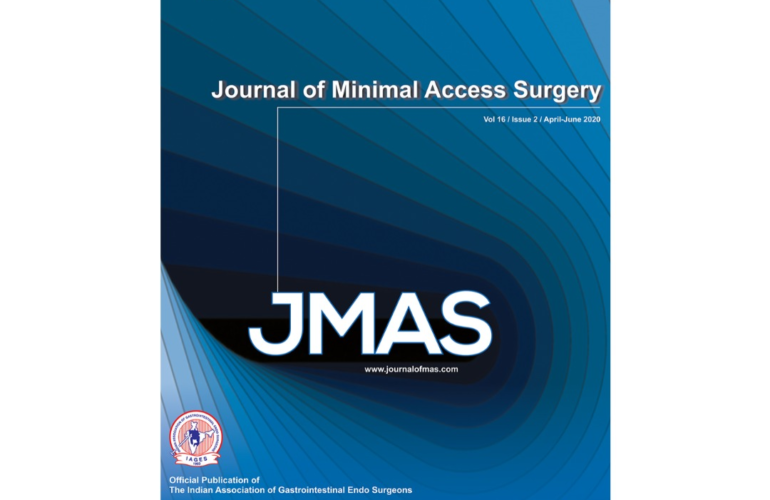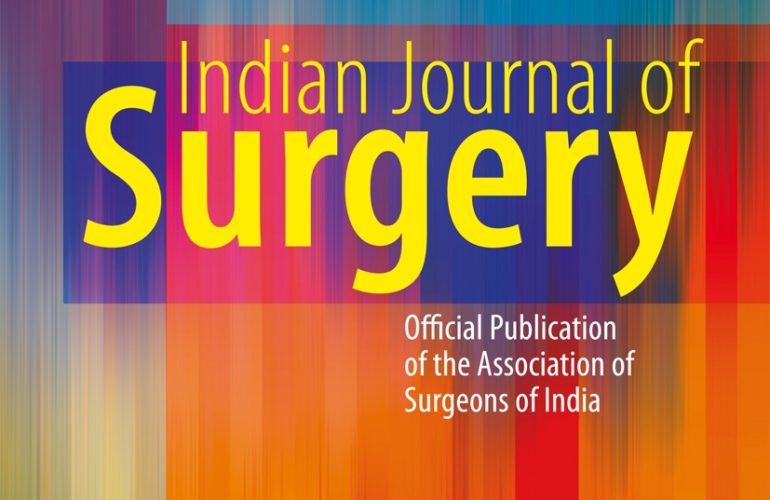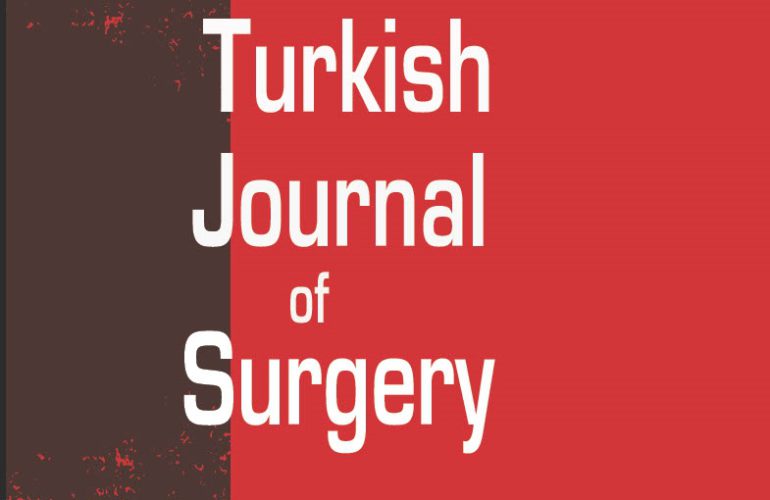Published online 2018 Sep 5. doi: 10.14744/SEMB.2017.92905
Abstract
Objectives:
Our aim was to study whether laparoscopic appendectomy radix ligation techniques were eutrophic in the development of intra-abdominal abscess.
Methods:
Between September 2009 and April 2017, all emergency cases admitted to our surgery polyclinic were reviewed, and the results of the patients who underwent laparoscopic appendectomy were collected. Appendectomy radix ligation techniques were reviewed from surgical notes on discharge reports. Postoperative controls were also reviewed, and any cases with abscess formation were reported.
Results:
A total of 350 patients were included in the study. Of these cases, 207 were males, and 143 were females. The mean age of the patients was 26.89±4.9 years. One hundred eighty-nine cases were found to have two endoloops placed on top of each other, whereas 161 cases had a 2 mm distance left in between the two endoloops and tied. None of the 189 cases who had endoloops placed on top of each other developed abscess formation. However, of the 161 cases who had endoloops with a 2 mm distance in between, 8 reported with abscess formation in the inner abdomen. Of these eight cases, seven had percutaneous abscess drainage by an interventional radiologist, whereas one was treated with relaparoscopy.
Conclusion:
In the present study, patients who had endoloops placed on top of each other developed no abscess formation, whereas in the literature’s gold standard procedure, those with a 2 mm distance left between two endoloops developed an inner abdominal abscess formation in 8 (4.9%) of the patients. We believe that this 2 mm dead space distance left between the two endoloops contributes to the formation of the abscess.
Keywords: Acute appendicitis, appendectomy, inner abdomen abscess, laparoscopic surgery





